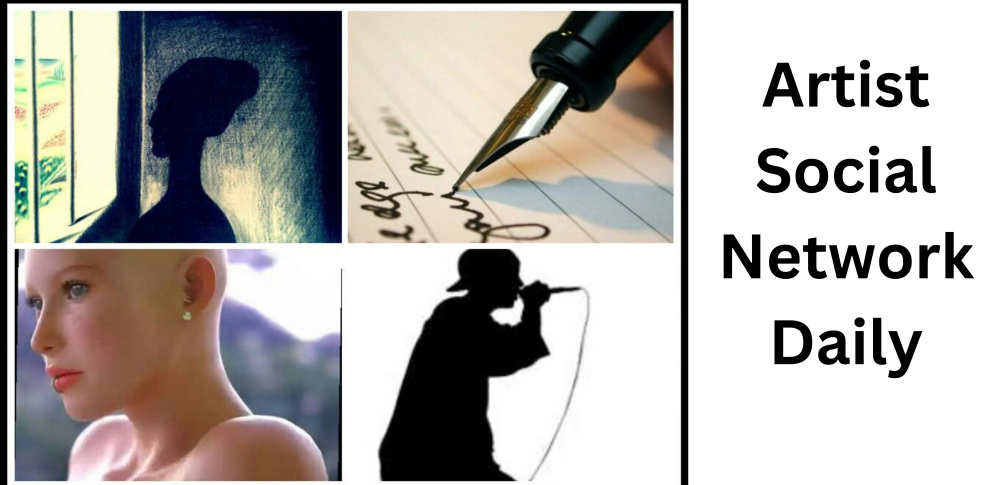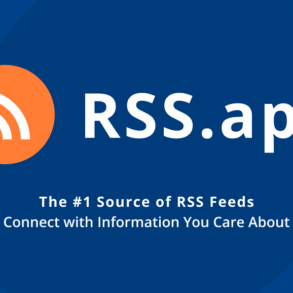
While most social platforms are trying to become the next TikTok, one startup is building something very different.
Fizz is a pseudonymous, hyperlocal app born on college campuses. Until recently, it was known as a kind of private campus message board; part Reddit, part group chat, but with the intimacy of a dorm hallway. No followers, no influencers, no pressure to perform. Just students talking to each other, anonymously or under pseudonyms, about the stuff that actually makes up daily life: dining hall food, econ finals, party rumors, roommate drama.
But five months ago, Fizz started quietly testing something new: a cross-campus product that connects students not just within their university, but across the country. The new feed layers shared identity, interests, geography and more, all while maintaining the local anonymity that made Fizz thrive in the first place.
Now, the results are in. Fizz’s daily active users in the new product cohort have jumped 50% in three weeks. Content creation has nearly doubled. Engagement time has soared. And the app has grown by more than 50 campuses in just the last month—with zero marketing spend.
From Dorm Room Dropout to National Feed
Teddy Solomon, 23, co-founded Fizz during the pandemic after dropping out of Stanford. The app, originally conceived as a hyperlocal space for students to speak freely, grew virally thanks to a flyer campaign and a thousand donuts hand-delivered to campuses.
But from day one, Solomon had a bigger vision. “We always knew that once we became the dominant college app, we could offer something bigger,” he says. “A global experience built around the same values: shared context, identity, experience—but across schools.”
The new version of Fizz, which rolled out to a quarter of its campuses this year, is exactly that. It uses a new personalized feed, powered by a recommendation engine, to surface content not just from a student’s university, but from adjacent communities they naturally overlap with.
“If you’re a Stanford student from New York, why shouldn’t you see what’s happening at Columbia or NYU?” Solomon says. “If you’re at Dartmouth, you probably have a lot in common with someone at Princeton. Or if you’re at UT Austin, you might care what’s going on at Texas A&M.”
The Engagement Numbers Are Wild
Fizz didn’t publicize the new feed at launch. They wanted to know: would people actually use it? Would it be sticky? Would it still feel authentic? Now, five months in, they have their answer.
“We’ve nearly doubled the content creation rate within the cross-campus cohort,” Solomon tells me. “Engagement time has gone way up. And our daily user base has grown 1.5x just in the last few weeks.”
The app is also now adding 50 campuses a month, without paid acquisition, brand deals, or growth hacking. “We don’t spend a dollar,” he says. “No influencers, no ambassadors. Just word of mouth.”
Fizz’s expansion is fast. The cross-campus product is turning once-siloed communities into a national Gen Z social layer that still feels personal, still feels small.
Not an Entertainment App—A Social One
Fizz’s rise says as much about what it isn’t as what it is. “We’re not TikTok,” Solomon says bluntly. “We’re not entertainment. We’re not about performative content. We’re about what’s happening now, in your world, with people who get you.”
It’s a key distinction. While Instagram and TikTok chase global virality, Fizz leans hard into hyper relevance: the inside joke, the anonymous confession, the econ final everyone just bombed.
On most platforms, only 1% of users post. On Fizz, 30% of weekly active users create content.
“The person who never leaves their room has the same voice as the frat star,” Solomon says. “That’s what makes Fizz different. You don’t need to be perfect. You don’t even need to be visible.”
And Now, It’s Growing Beyond College
The momentum isn’t stopping at campuses. “In the next week, we’re expanding beyond college,” Solomon says. “We’ve built something that works for Gen Z more broadly—whether they went to college or not.”
That move is significant. Most Gen Z social platforms don’t make it past the campus stage. But Fizz is already seeing demand from users who dropped out, opted out, or never enrolled in the first place.
“When I visit campuses with 10% graduation rates, I know 90% of those students won’t still be there in three years,” Solomon says. “But they still deserve a community. They still deserve a voice.” Fizz is about to give them one.
A New Era of Social Media
With over $40 million raised, Fizz is quickly becoming one of the most important social startups in years. And it’s doing it without the things we’ve come to associate with “success” in the creator economy: no massive influencers, no addictive videos, no virality-first algorithms.
“We’re building social media the way it was supposed to be,” Solomon says. “Real connections. Real people. Real time.”
This article is based on an interview from my podcast, The Business of Creators.
This post was originally published on this site be sure to check out more of their content








